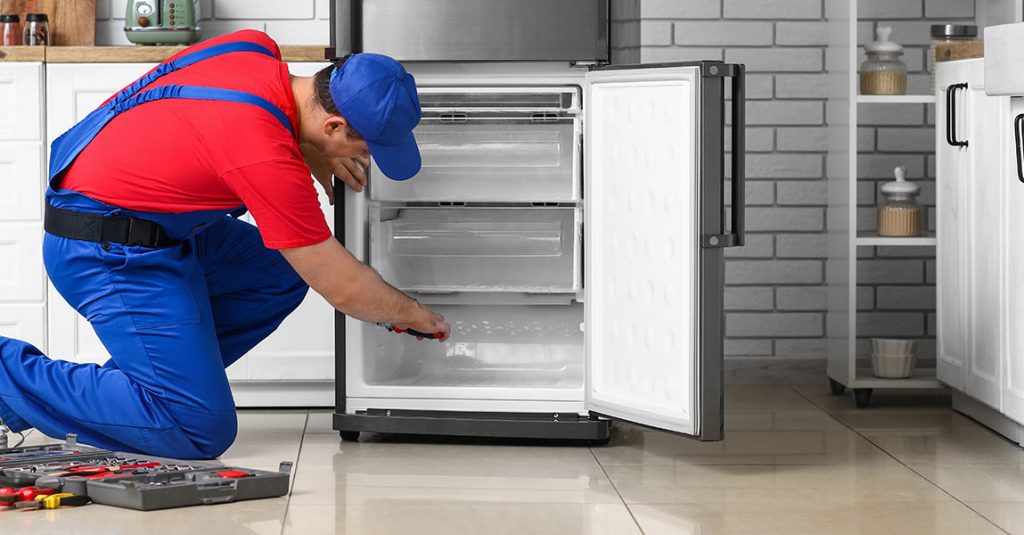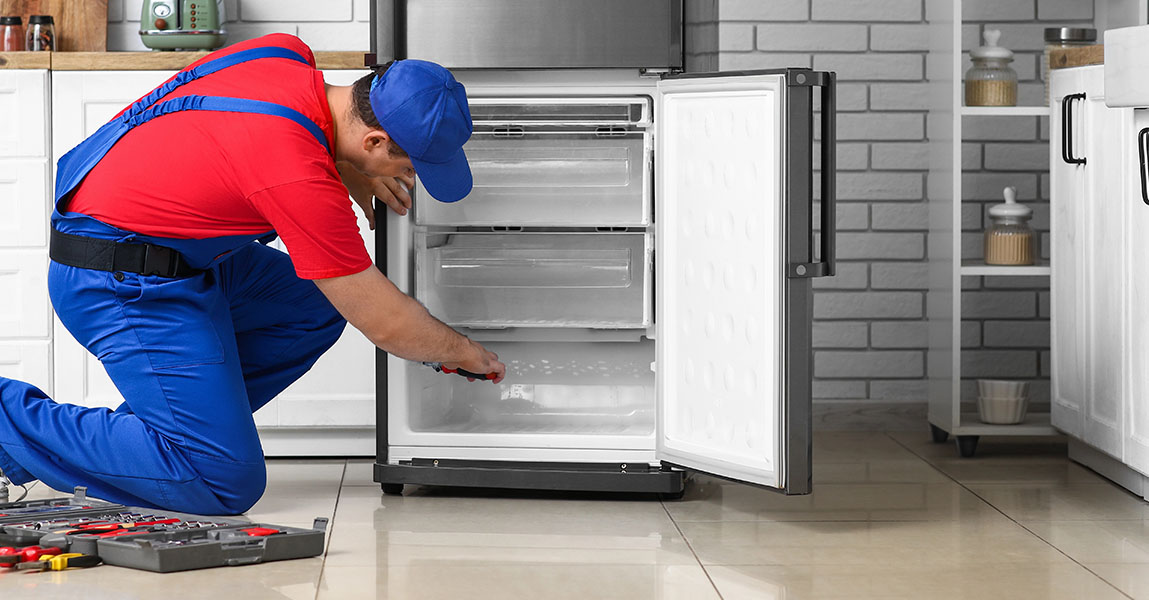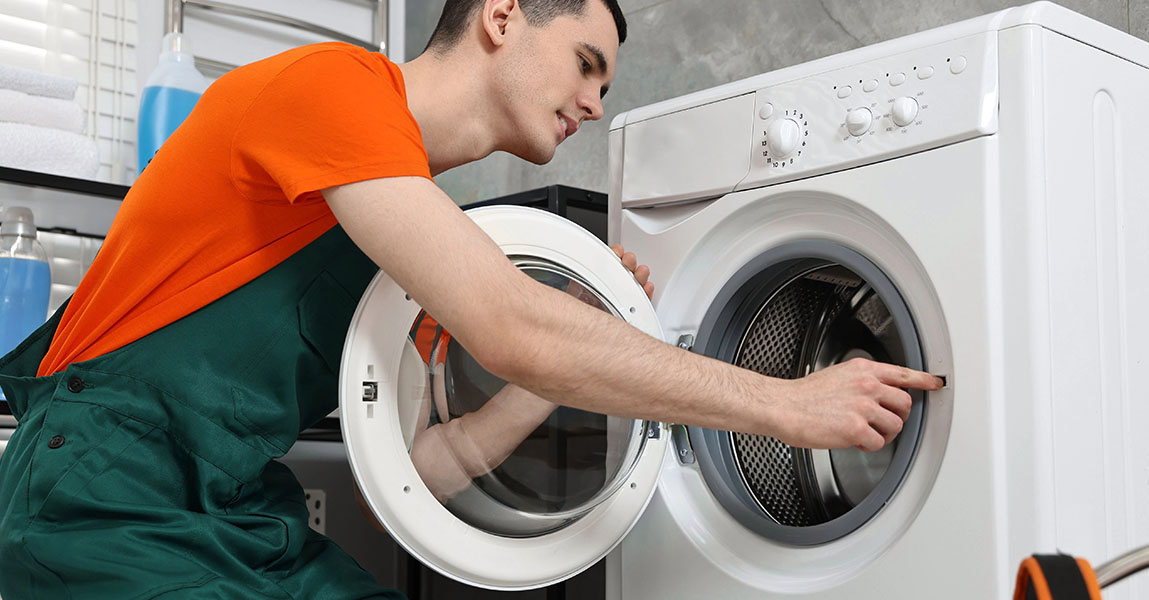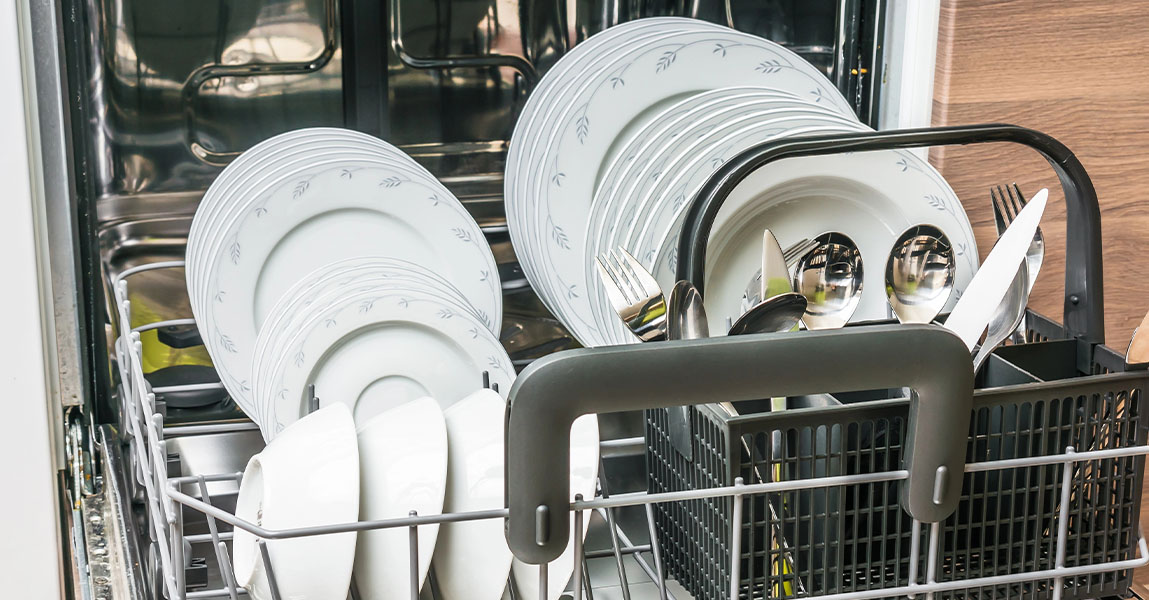A refrigerator that cannot keep a steady temperature quickly becomes a source of frustration. Food spoils sooner, drinks never feel as cold as they should, and energy use often goes up. At Freedom Appliances, we want to explain why this problem happens and what can be done to keep things running smoothly.
Common Signs of Inconsistent Temperature
Most of us notice the issue when milk goes bad earlier than expected or vegetables freeze on one shelf while staying too soft on another. Uneven cooling may also show up as frost on the back wall or puddles near the bottom drawers. When these changes keep happening, it is usually a sign of something more than just overloading the fridge with groceries. Our team has seen that spotting these early signs makes it easier to find the source and fix it before bigger problems develop.
How Air Circulation Affects Cooling
Inside every fridge, cold air needs to move freely from the freezer to the fresh food compartment. Blocked vents, poorly arranged items, or overstuffed shelves reduce this airflow. As a result, one section becomes colder while another warms up. Placing tall containers directly in front of vents often restricts the natural movement of cold air. To improve airflow, we suggest leaving small gaps between food packages and avoiding stacking items too close to the back wall. Regularly checking vent openings for ice or debris also helps maintain balance.
Problems with Door Seals
A damaged or dirty gasket around the door lets warm outside air seep in every time the fridge cycles on. This constant leak forces the compressor to work harder and makes it difficult to keep the inside temperature steady. You can test the seal by sliding a thin piece of paper between the gasket and the frame. If it slips out easily when the door is closed, the seal may need to be cleaned or replaced. Wiping the gasket with warm soapy water often restores flexibility, but cracks or loose edges usually require a new seal to fix the issue properly.
The Role of the Thermostat
Every fridge has a thermostat that signals the cooling system to start or stop. When this control wears out or becomes inaccurate, the unit struggles to maintain a stable range. Temperatures might swing too low or climb too high within hours. We advise checking the setting first, since accidental changes happen more often than expected. If adjusting the dial does not solve the problem, the thermostat may need calibration or replacement. This part is central to performance, and ignoring its condition can shorten the lifespan of other components as well.
Impact of Dirty Condenser Coils
Condenser coils release heat from the fridge to the surrounding air. Over time, dust, grease, and pet hair collect on the coils and act like a blanket, trapping heat inside. This reduces efficiency and forces the fridge to run longer, which in turn causes fluctuating cooling cycles. Cleaning the coils at least twice a year helps prevent this buildup. We usually recommend using a soft brush or vacuum with a crevice attachment to remove dirt. When coils stay clean, the unit runs more evenly and energy costs stay lower.
Issues with the Evaporator Fan
The evaporator fan pushes cold air throughout the refrigerator. If it stops working or slows down due to ice buildup, airflow weakens and temperatures vary from shelf to shelf. One sign of a faulty fan is a rattling or squealing noise from inside the freezer. Another clue is frost that builds quickly on one side while leaving the other side warm. Defrosting the unit may restore function temporarily, but repeated problems usually point to a fan motor that needs replacement.
Overloading and Food Placement
Packing too many items inside a fridge creates more than just space issues. Crowded shelves prevent circulation and trap warm spots between containers. Large hot dishes placed inside without cooling first also force the unit to work harder, leading to uneven results. We suggest allowing cooked food to reach room temperature before storing and spreading items across shelves evenly. Using clear bins to organize produce and leftovers can also help maintain airflow while making it easier to find what you need quickly.
Electrical and Control Board Concerns
Modern fridges often rely on electronic control boards to manage cooling cycles. If the board develops faults, it may send incorrect signals to the compressor or fans, leading to wide swings in temperature. Surges from household power or simple wear over time can damage the board. While this issue is less common, it is one of the more complex problems to diagnose. In such cases, reaching out to trained technicians becomes necessary. Many homeowners in need of Calgary refrigerator repair services choose to have experts test these electrical components to avoid costly mistakes.
When the Compressor Struggles
The compressor is the core of the cooling system. It pumps refrigerant through the coils and makes the entire process work. When the compressor wears down, it may cycle on and off irregularly or fail to maintain pressure. This results in temperature swings that no amount of adjusting can fix. Often, strange clicking sounds or unusually warm sides of the fridge reveal compressor trouble. Because of the complexity and expense of this part, professional evaluation is almost always required before deciding whether to repair or replace the appliance.
Preventive Maintenance Tips
Regular upkeep keeps most of these issues from becoming serious. We suggest cleaning condenser coils every six months, checking the gasket seal once a season, and avoiding overloading shelves. Storing food in airtight containers not only helps airflow but also prevents excess moisture that can lead to frost. Using a small appliance thermometer inside the fridge gives a more accurate reading than relying on the built-in dial. By watching for early changes in cooling patterns, we can catch problems before they cause major inconvenience.
Knowing When to Seek Help
Not every problem can be handled at home. If the fridge continues to fluctuate despite following basic checks, outside support may be necessary. Our team understands how stressful it feels when food safety is at risk. For households that require prompt service, professional appliance repair Calgary is the most reliable way to restore consistent performance. Skilled technicians can identify the root cause and make sure the repair lasts.
Taking Action
Living with a fridge that cannot stay consistent quickly becomes a daily hassle. Instead of wasting food or constantly adjusting settings, it often makes sense to let experts step in. Our team at Freedom Appliances provides dependable service and practical solutions. If you are facing this problem, the easiest way forward is to contact us and schedule a visit. We will help you regain peace of mind knowing your food stays safe at the right temperature.
FAQ
Why does my fridge feel colder in some areas and warmer in others?
This usually happens when airflow is blocked or the fan is weak. Cold air needs to move evenly, and obstructions create hot and cold zones.
How often should I clean the condenser coils?
We recommend at least twice a year. More frequent cleaning may be needed if you have pets or the fridge is in a dusty area.
Can a faulty thermostat cause food to freeze?
Yes, when the thermostat is inaccurate, it may let the cooling system run too long. This often results in freezing food in sections of the fridge.
Is it safe to repair a compressor myself?
No, compressors are complex and involve refrigerant handling. These repairs should always be done by a qualified technician.
What temperature should my fridge be set to?
The best range is between 37 and 40 degrees Fahrenheit for the fridge and 0 degrees for the freezer. This keeps food safe and energy use efficient.






